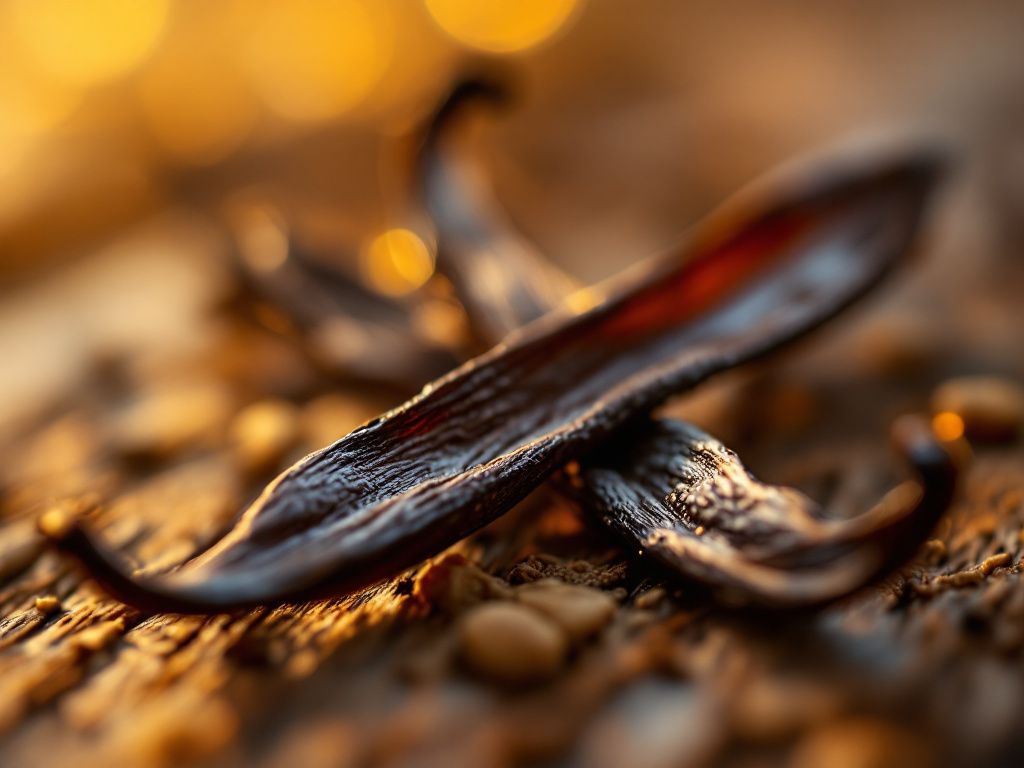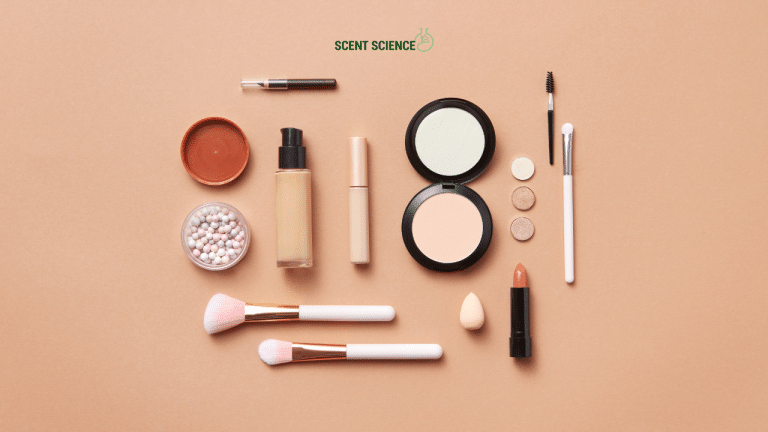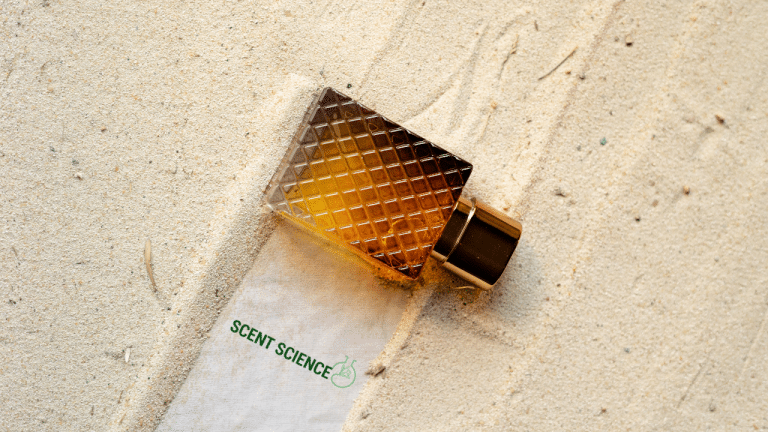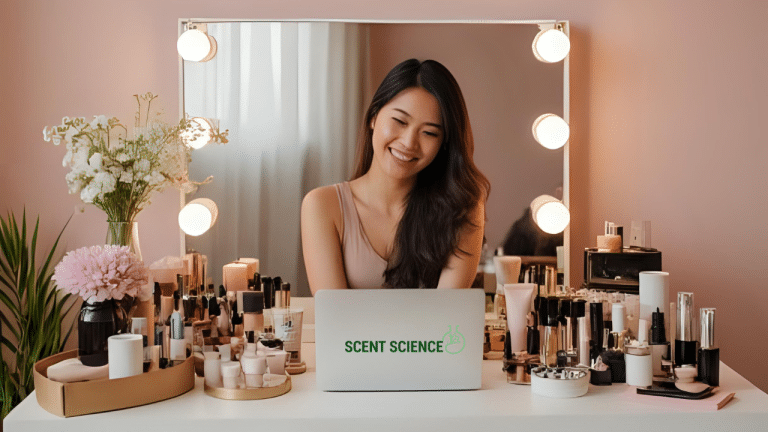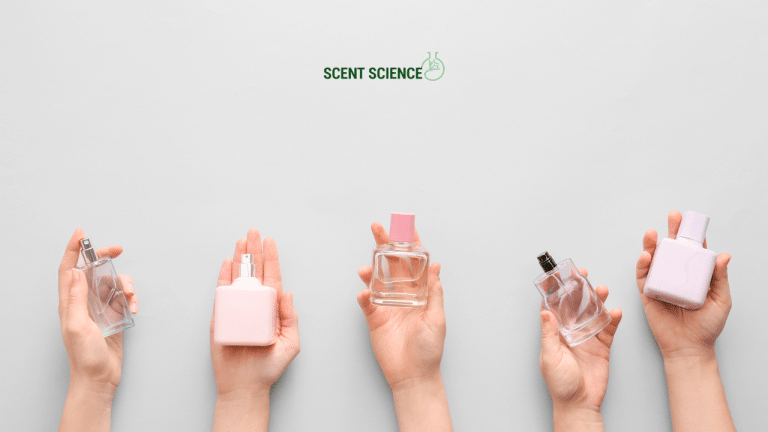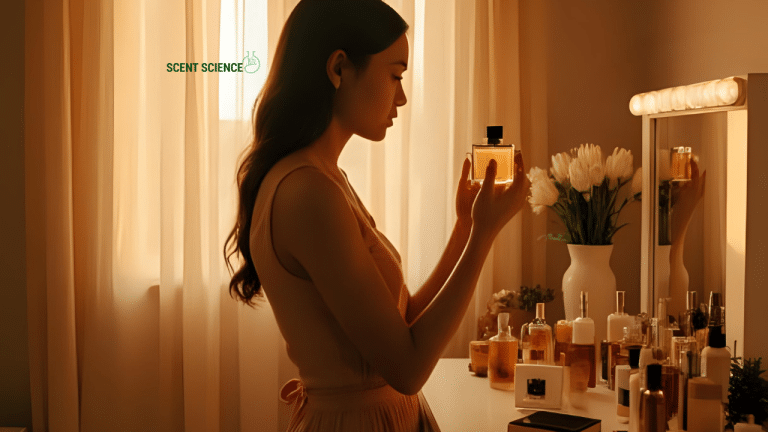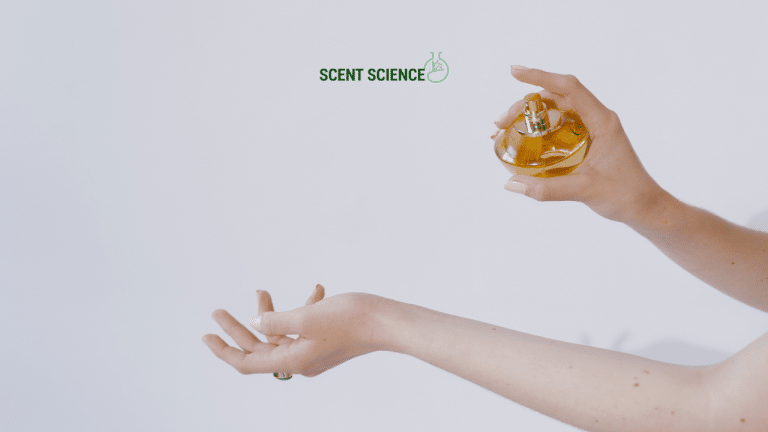Alright folks, let’s dive into something that smells oh-so-sweet but can be downright puzzling: vanilla. Today, we’re tackling the age-old showdown between natural and synthetic vanilla. Which one should you be adding to that cake batter, or that candle recipe, or even those homemade perfumes? If you’ve pondered over the peculiar charm of that vanilla-scented product you adore, wondering whether it’s natural fragrance, we’ve got your curiosity covered. Ready to unravel the vanilla mystery? Let’s dig in.
Table of Contents
ToggleThe Allure of Vanilla: Why Are We Obsessed?
Before we dive into dissecting vanilla types, let’s chat about why vanilla is such a go-to fragrance. There’s something magical about vanilla’s aroma—it’s warm, comforting, and universally adored. Often considered the queen of spices, its ability to blend effortlessly with other scents makes it a perfumery favorite. Its embrace is gentle yet intriguing, igniting senses while maintaining a reputation of being unique in dispersing natural fragrance.
People don’t just love it in extracts or fresh pods. We see vanilla’s versatility in perfumes, deodorants, and even cleaning products. It boasts an elegance that feels naturally familiar, creating an immediate sense of nostalgia and warmth. It feels homey, doesn’t it?
What Exactly Is Natural Vanilla?
So, what’s the big deal with natural vanilla anyway? Natural vanilla refers to the extract, absolute, or oleoresin derived from the voraciously flavorful vanilla bean varieties, like the Bourbon or Tahitian beans. You know, the ones that make your kitchen smell like you’re in the middle of a bakery-marathon-fairytale?
Natural vanilla isn’t just loved for its scent; its intricate profile includes hundreds of different organic chemical compounds, with vanillin being the star player—though vanillin alone isn’t the whole story. The subtle nuances in smell come from these numerous co-stars that give natural vanilla its layered aroma.
The Process: Beans to Aroma
Getting vanilla extract involves a careful process of hand-pollination, harvesting, curing, and extracting, stretching into months. But acknowledge the fact that there usually isn’t a rush worth skimping such fine patience. Cultivation primarily happens in Madagascar, Indonesia, and Mexico, requiring oodles of sunshine and tender care. It’s human nature to appreciate this labor of love and insist on perfection.
Use of Natural Vanilla: The Pros and Cons

Now with appreciation, let’s weigh its considerations and benefits!
Pros
- Authenticity: There’s an irreplicable richness in natural fragrance derived from real vanilla. It creates scent profiles with a depth broader than synthetic counterparts.
- Healthier Outlook: People often feel better about having fewer synthetics in life’s recipes—less risk of allergy triggers or sensitivities.
- Eco-Friendly: Supporting natural vanilla attracts more attention to sustainable farming practices.
Cons
- Price: Oh, you guessed it. It’s expensive. Those little beans are precious, making natural vanilla a bit of a luxury item.
- Availability: Real vanilla supply is tied to unpredictable harvest seasons that can vary annually, which might leave you in search of substitute options.
Enough about the delightful mountaintops, let’s delve into the valley where synthetic options exist.
What’s the Deal with Synthetic Vanilla?
Jumping to the opposite end of the vanilla spectrum, we have synthetic vanilla, featuring the iconic aroma your nose knows by heart. Ever wondered how that candy-lollipop scent was so consistently… “vanilla”? That’s often synthetic magic at play.
The Breakdown
Synthetic vanilla revolves primarily around vanillin, the dominant aromatic compound in the complex balance of natural vanilla. Produced chemically from lignin or guaiacol, the areas under intense scientific crafts have given rise to options beyond the organic sans the astronomical pricing.
The Perks of Going Synthetic

With synthetic blends being carefully calibrated, they bring bonuses:
- Economical: Let’s face it—it’s cheaper. Mass production and expansive availability democratize scent affordability.
- Stability and Consistency: Each batch smells the same. This predictability makes synthetic vanilla incredibly appealing for large-scale manufacturers.
The Other Side of the Coin
Here’s where the synthetic reality may readjust perspectives:
- Limited Complexity: The aromatic bouquet is less complex than its natural counterpart. The vibrancy level is a trade-off.
- Perception and Purism: There’s something special about ‘real’ fragrances that synthetics continue to compete with.
Words of Wisdom: Choosing Between Natural and Synthetic
Then comes the classic debate: do you veer towards authenticity or practicality? No right or wrong here, just different virtues. Trust me on this.
When to Choose Natural
Choosing natural vanilla may mean splurging a bit, but the returns come stepping into places where complexity and ethics reside. It’s ideal for gourmet recipes and specialized chancy batches in fragrances needing uniqueness to kick your senses right awake.
When Synthetic is the Choice

If your focus leans towards everyday needs in volume, stability, and easy-on-the-wallet fragrance, synthetic complements are your best match. Candles, soaps, and broad-range applications welcome credible consistency thanks to synthetics. Then it’s just a straightforward notion of knowing what is manageable for you.
Common Mistakes: Avoiding Vanilla Faux Pas
Alright, now some roadblocks to recognize:
- Confusing Labels: Natural fragrance terminology lies in labels, but transparency holds ground to cautiously select verified sources or levels of processing authenticity.
- Blind Trust: Opt especially for purity checks and certifications with natural vanilla buys to realize a fine granule mist of delightful scent reality.
- Overuse: Either category can lose allure upon overwhelming dosages—bourg your nose with subtle layers instead.
Putting It All Together: Finding Your Vanilla Path
Assessing your needs ties incredibly back to your individual priorities. Vanilla serves not just as a having quality fragrance—it dovetails one’s essence with elegance or accessibility. Take the time to sniff, analysis will patiently serve awaits you on either side.
—
Conversationally speaking, balancing options sways with thoughtful consideration. Trying various small doses invites distillations unique to both fragrance worlds. Vanilla eagerly captivates and sparks kindled cherishment weaving its aroma between realities in commendable spirit.
How many vanillas make a right choice on this day or that? Well, it’s simpler cornered fully inside preference focusing angles naturally spiraling into fragrance choosing journeys crafted individually true. When that first whiff washes over bringing mild joy, you have your path chosen. Honestly in friendly disclosure, no single route veers deeper right than its comforting scents bless in exploratory odors embracing both naivetés and brave decisions denoting warm devotion richness appearing anywhere vanilla fondly creates.
That’s the secret sweet elixir wonder sharing encased within not just natural fragrance emanating allure but everything entirely wholefully vanilla perhaps tentatively more bringing true connections awash magically embraced—leave latent prejudices far in plural selections converging best of characters into sultry aroma energies tidelike reager-property vanilla takes cautiously, yet faithfully nearly enjoying at advantage nearby, sincerely potent aglow enriched thoroughly in fragrant extension delight, pleased undeniably outright to benefit distinctly yours and any present company.
Alright, you’re now equipped to scrutinize your sweet aromatic options with some newfound knowledge… and fragrance lover truths unfolding beyond your evening’s humble brew.
Indulge!
Frequently Asked Questions
What is a natural fragrance?
A natural fragrance is a type of perfume made from ingredients of natural origin, such as essential oils from plants, flowers, resins, and other natural materials. These ingredients are mixed in specific proportions to create a unique and complex aroma[4][1][5).
What are the health benefits of natural fragrances?
Natural fragrances are generally safer for health as they are free from synthetic chemicals and other ingredients that can cause irritations and allergies. Essential oils used in natural perfumes also have therapeutic properties, such as calming and stress-relieving effects, and can enhance mood and overall well-being[1][2][4).
How do natural fragrances impact the environment?
Natural fragrances have a lesser environmental impact compared to synthetic perfumes. They are made from sustainably sourced ingredients and do not contribute to air pollution or the depletion of natural resources. The production process of natural perfumes is also gentler on the environment[1][2][4).
Why are natural fragrances suitable for sensitive skin?
Natural fragrances are suitable for sensitive skin because they are made from botanical ingredients that are less likely to cause irritation or allergic reactions. Unlike conventional perfumes, natural perfumes do not contain harsh synthetic chemicals, making them a gentler and more soothing fragrance option[2][4][1).
References
